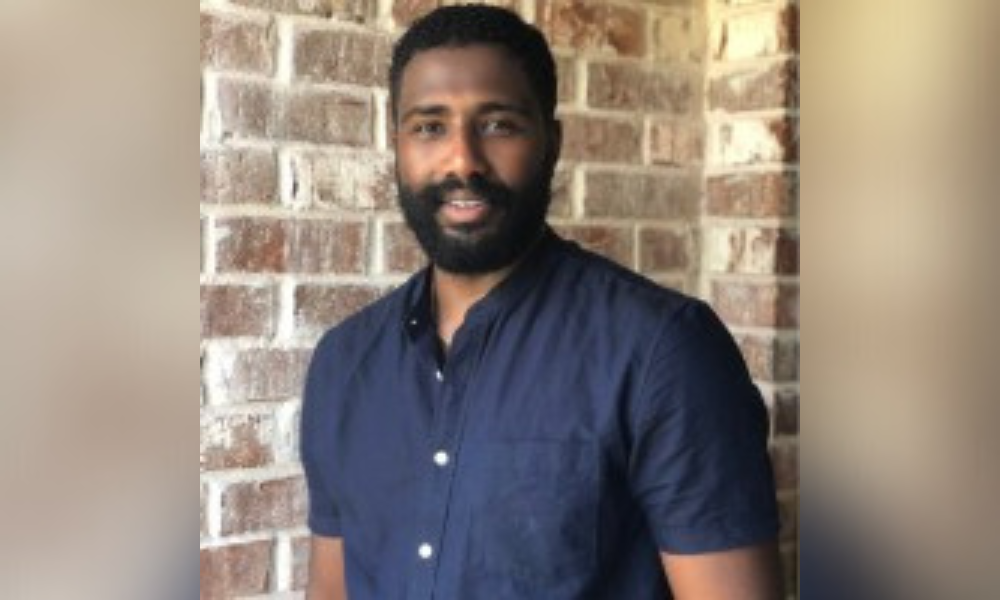Gap between White and Black borrowers has widened since 1960

The pursuit of the American Dream of homeownership continues to be elusive for many Black borrowers.
Shadi Bushra (pictured), of the website Today’s Homeowner, spoke to Mortgage Professional America to discuss his recent findings on the borrowing gap between Black and White borrowers. Fifty (50) years after Martin Luther King Jr.’s “I Have a Dream” speech, the ideal of equality remains far from realized for too many Black Americans, he said. And, according to the latest data, aspects of that dream are actually more elusive than it was during King’s historic March on Washington, he added.
Arc of progress doesn’t always bend forward
“There’s this assumption that humanity moves forward all the time, that we’re on an inevitable march to progress by any indicator,” he told MPA. “But the truth is that we falter, we do takes steps backwards, and this is a glaring example of that. Not only are we not doing better than previous generations, but somehow managing to do worse.”
Fortunately, much has changed. In 1960, it was legal to refuse to sell a house to someone because of their race, Bushra noted. Yet there was still more parity between Black and White homeowners at that time than there is today more than 60 years later, according to his findings. As evidence, he provided a damning statistic: The gap between Black and White homeownership rates in 1960 was 27 percentage points, while that gap was over 29 percentage points in the first half of 2022.
Many who have seen his findings have registered surprise, he noted. “What I found interesting is that most people’s instinct was one of surprise when they hear this because it seems counterintuitive,” he said. “But it comes down to the fact that there is not enough knowledge on the topic.”
Generational wealth truncated
To fully appreciate how detrimental the gap is, he said, is to remember that homeownership in the US guarantees more than mere shelter. To wit: According to the Federal Reserve, homeowners have nearly 12 times as much wealth as renters, with an average of $1.1 million compared to renters’ average wealth of just $95,000.
As a result, low rates of homeownership put Blacks at a disadvantage in terms of overall wealth as well, he added. “The fact that such a relatively small percentage of Black families own a home today is an indication of less wealth overall, and less ability to transfer intergenerational wealth to their children. And, of course, equity in a home can provide a financial buffer in an emergency.”
There are arguments against the ‘homeownership society’ that has been the pursuit since the end of the Second World War, he noted. Yet, like it or not, he added, we live in a world where owning a home tends to amplify your political voice, strengthen one’s economic foundation, and provide social capital. “So if owning a home is a part of the American Dream, why are Black Americans being left out of it?” he asked rhetorically.
Sobering statistics abound
In crunching the numbers, Today’s Homeowner analyzed data from the US Census Bureau on Black and White homeownership rates at the national level from 1994 through the first half of 2022, and at the state and city level from 2010 through 2021. Researchers studied data from all 50 states and the District of Columbia, and from nearly 300 cities that had figures available from 2010 to 2021. Among the main findings:
- Since 1994, the gap between Black and White homeownership rates worsened by over two percentage points. Most of this has occurred in the last decade – between 2010 and 2021, the gap grew by 1.5 percentage points.
- 98% of cities still have a gap between Black and White homeownership. Arden-Arcade, Calif.; Mesa, Ariz.; Bethlehem, Penn.; Torrance, Calif.; and Rochester, Minn. have the widest gaps.
- A handful of Western cities have gaps in the opposite direction, with higher homeownership rates among Black residents than White ones. In California, those cities are Santa Ana, Corona, Manteca, Temecula, and Inglewood, and Pueblo, Colo.
- States in the South had some of the narrowest gaps, including South Carolina, Georgia, and Alabama. DC has the smallest gap between Black and White homeownership rates at about half of the national average gap.
- Midwestern states had the biggest gaps: North Dakota, South Dakota, Minnesota, and Wisconsin have some of the widest gaps in 2021. However, both Minnesota and South Dakota have improved their gaps since 2010.
- Most states saw the Black-White homeownership gap worsen between 2010 and 2021. Vermont, Hawaii, Alaska, New Mexico, and New Hampshire all saw their gap grow by about 10 percentage points or more.
- Only 15 states narrowed their gap over that time period – the Rocky Mountain states of Idaho, Montana, and Wyoming led the way with double-digit reductions.



